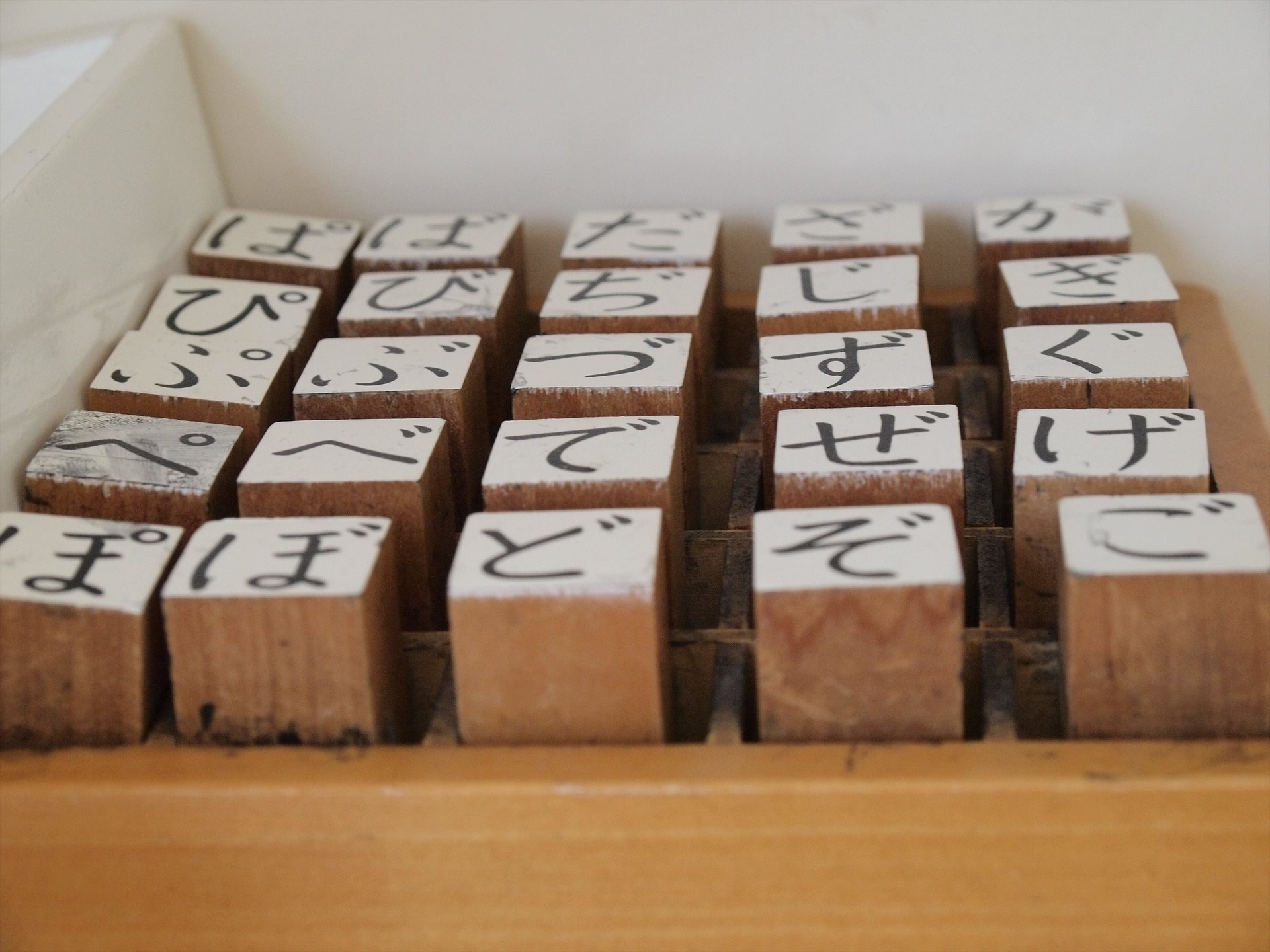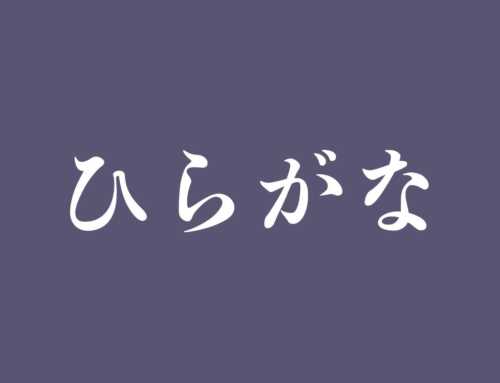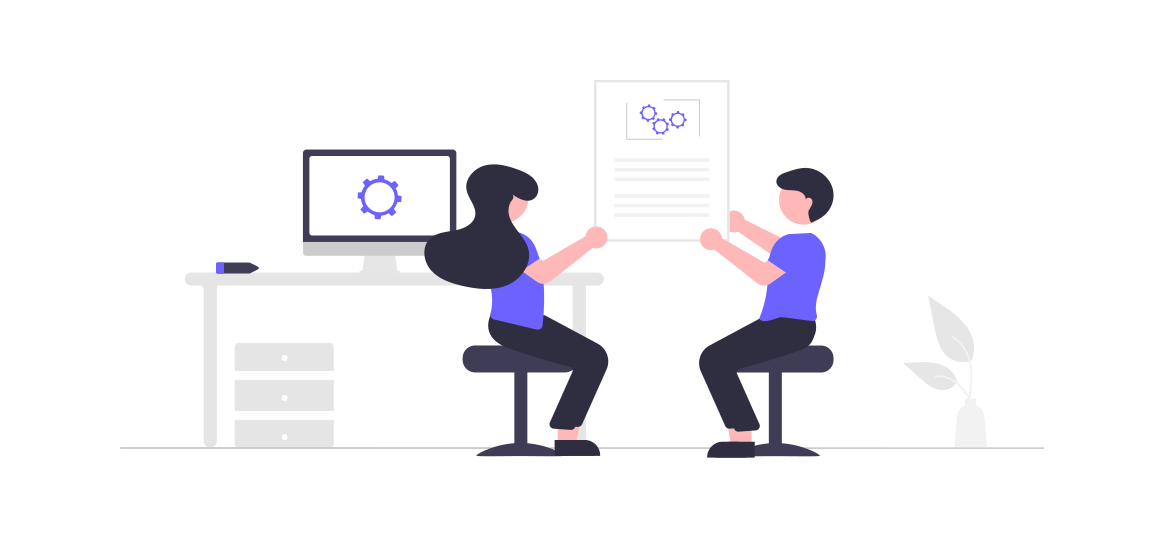If you’re thinking about learning Japanese, you have probably heard of Hiragana, Katakana, and Kanji. But what are they all, and do you need them to get around in Japan, or can you just learn one of them?
In short, you’re going to need all of them! Hiragana, Katakana, and Kanji work together to form a complete sentence. However, Hiragana and Katakana are usually the starting point, as they are the phonetic base of the language and have a finite number of characters.
What is Hiragana, and what is Hiragana used for?
First, let’s talk about Hiragana.
Hiragana is a phonetic lettering system with 46 characters, and is the first set of characters taught to children. It looks cursive and soft.
“Hira” means “ordinary” or “simple”, while “kana” means “characters”. When put together, the k from “kana” becomes a g, giving us “Hiragana”, or “simple characters”. (Simple in comparison to Kanji, that is!)
Hiragana is probably the closest thing to the English alphabet. When written in a table, it starts with:
A I U E O
あ い う え お
From there, each column basically just adds a consonant in front of the sound, so the next column is:
KA KI KU KE KO
か き く け こ
And it goes on.
As you can see, that makes it a great base for learning the sounds of Japanese.
So, what is Hiragana used for?
Hiragana is mainly used for grammatical purposes, such as participles, suffixes, and verb and adjective endings. But sometimes it can be used for words that have no Kanji, or to show how to pronounce a Kanji word. Sometimes, people even use Hiragana on purpose instead of Kanji, to make a word look cute, or to balance a sentence that has too much Kanji in it.
Examples
Grammatical purposes: 寿司を食べます (Sushi wo tabemasu) (I eat sushi)
Showing pronunciation (written above): をべます (Sushi wo tabemasu) (I eat sushi)
Looking cute: すしを食べます〜 (Sushi wo tabemasu) (I eat sushi❤)
What is Katakana, and what is Katakana used for?
Now, let’s move on to Katakana.
Katakana represents the same sounds as Hiragana, so it also has 46 characters. But it has different uses, and looks more angular and sharp.
“Kata” means “fragment”, and “kana” means “characters”. It is referred to as fragmented because it looks like smaller parts taken from more complex Kanji. It looks like this:
A I U E O
ア イ ウ エ オ
Katakana is most commonly used for foreign words, or loan words with foreign origins. But it can also be used for brand names, scientific or technical terms, onomatopoeia sounds, and for emphasising words or making them look cool.
Examples
Foreign words: アメリカでコーヒーを飲みました (Amerika de kōhī wo nomimashita) (I drank coffee in America)
Brands: 東京でモスバーガーに行きました (Tokyo de Mosu Bāgā ni ikimashita) (I went to Mos Burger in Tokyo)
Looking cool: 彼はカッコイイ! (Kare ha kakkoii) (He is so hot!)
Why are Hiragana and Katakana mixed in this sentence?
If you’re already starting to feel familiar with Hiragana and Katakana, you might have noticed that the sentences above have a mix of Hiragana and Katakana. But perhaps now you already know why, too!
Although Hiragana and Katakana are used for the same sounds, they have very different roles in a sentence. Katakana is used almost exclusively for nouns and adjectives, whereas Hiragana has many more uses and is much more common in written sentences.
But you still need to know both if you want to get around in Japan!
Learning Hiragana will help you be able to read signs, particularly at train stations and in places that use simple Japanese for accessibility.
Learning Katakana will help you learn pronunciations of foreign words much more quickly. Table isn’t just “table” in Japanese, it’s テーブル! Your friend Tom isn’t just “Tom”, he’s トム!
Which should I learn first, Hiragana or Katakana?
The usual order is to learn Hiragana Katakana Kanji.
Hiragana represents every sound in Japanese, so learning that first will help you learn all the Japanese sounds. Then you can move on to Katakana. Then onto the more challenging world of Kanji!
Of course, this varies from person to person. If you have a background in the Chinese language, you may find Kanji very easy to pick up. But most English speakers find it much easier to start with Hiragana!
Where to learn Hiragana and Katakana
With all that in mind, it can seem quite overwhelming to jump right into learning all these different alphabets. If you’re a dedicated and keen learner, you can use online resources to learn and practice yourself, such as Tofugu, but it’s often easier and more motivating to learn with a teacher.
If you want to learn Hiragana and Katakana with a teacher, F2L has a stand-alone workshop mini-series just for that. Take a look at our courses here!






Leave A Comment